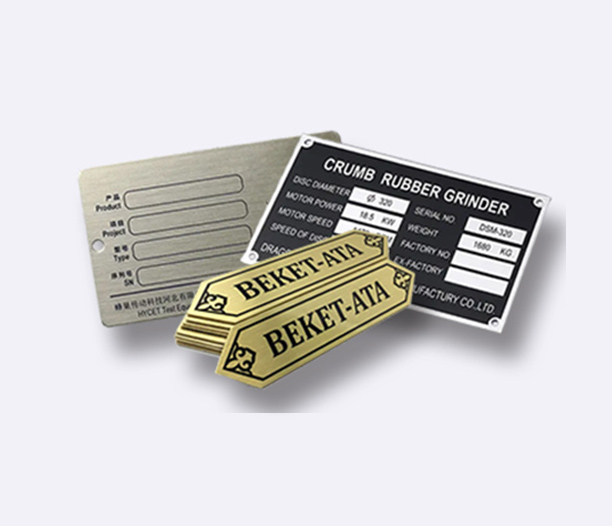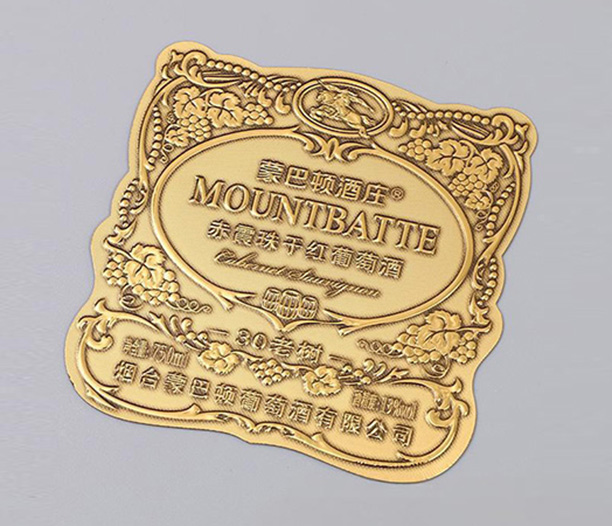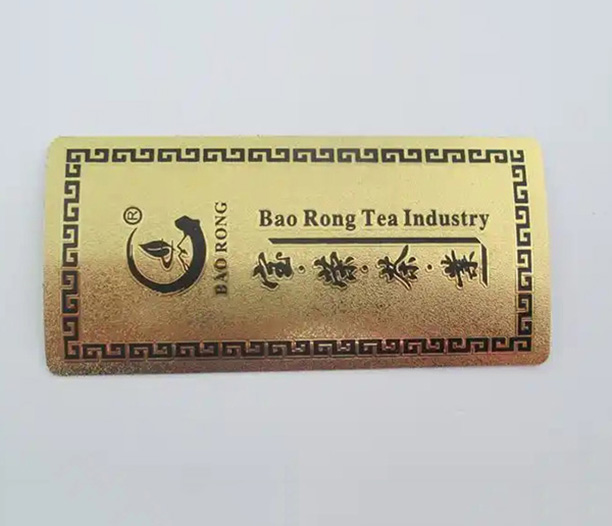If you’re in the business of creating stainless steel nameplates—whether for industrial equipment, memorial plaques, branding, or decorative purposes—you know that precision is everything. Stainless steel nameplate engraving isn’t just about etching words or designs onto metal; it’s about delivering durability, clarity, and professionalism. But getting it perfect requires more than just a steady hand. From material prep to machine settings, even small oversights can lead to costly mistakes.
In this guide, we’ll break down five essential tips to elevate your stainless steel nameplate engraving game. These insights are tailored for both beginners and seasoned pros, blending technical know-how with practical advice. Let’s dive in!
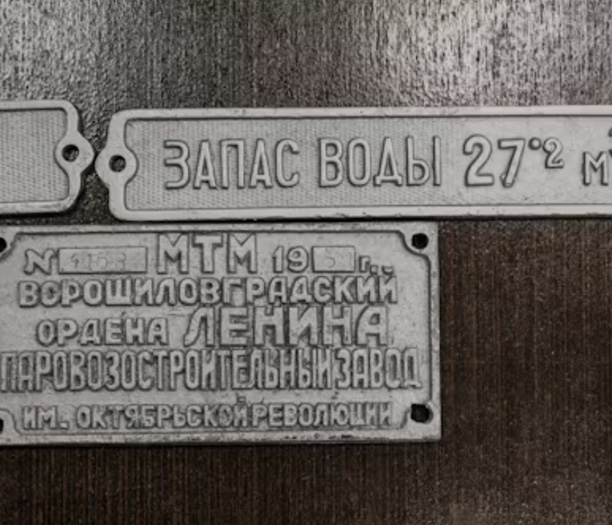
1. Choose the Right Grade of Stainless Steel
Not all stainless steel is created equal—especially when it comes to engraving. The grade you pick impacts everything from engraving depth to corrosion resistance. For nameplates, 304 and 316 stainless steel are the most popular choices, and here’s why:
- 304 Stainless Steel: This grade offers excellent engraving clarity and is highly resistant to rust, making it ideal for indoor applications or environments with minimal exposure to moisture. Its smooth surface allows for crisp, clean lines.
- 316 Stainless Steel: If your nameplate will face harsh conditions (think marine environments or chemical exposure), 316’s added molybdenum boosts corrosion resistance. However, its slightly harder composition may require slower engraving speeds.
Pro Tip: Avoid lower-grade steels like 430. They’re cheaper but prone to rust and often result in uneven engraving. Always confirm the material specs with your supplier before starting a stainless steel nameplate engraving project.
2. Master Your Engraving Technique: Laser vs. Mechanical
The method you use for stainless steel nameplate engraving can make or break your results. Let’s compare the two most common techniques:
Laser Engraving
- Pros: Lasers deliver pinpoint accuracy, perfect for intricate logos or tiny text. They’re also contact-free, reducing the risk of material warping.
- Cons: High-quality laser machines can be pricey, and achieving deep engravings often requires multiple passes. Plus, improper settings may leave unwanted discoloration (like yellow/brown tints) around etched areas.
Mechanical Engraving
- Pros: Rotary tools or CNC machines physically cut into the metal, creating deeper, more tactile engravings. This method is great for large text or bold designs.
- Cons: It’s slower, generates metal shavings, and worn-out bits can lead to jagged edges.
Pro Tip: For most stainless steel nameplate engraving jobs, fiber lasers strike the best balance. They’re fast, precise, and handle reflective surfaces better than CO2 lasers. If you’re using mechanical tools, opt for diamond-tipped cutters to minimize wear.
3. Prep the Surface Like a Pro
Skipping surface prep is like painting over a dirty wall—it’ll show. Stainless steel may look clean, but oils, fingerprints, or residue from manufacturing can interfere with engraving quality. Here’s your pre-engraving checklist:
- Degrease: Wipe the plate with acetone or isopropyl alcohol to remove contaminants.
- Polish: Use a fine-grit abrasive pad to eliminate scratches or imperfections. A mirror finish isn’t necessary, but consistency matters.
- Masking: Apply a laser-safe masking tape or film to protect areas outside the engraving zone. This prevents accidental scratches or discoloration.
Pro Tip: After engraving, clean the nameplate again with alcohol to remove debris. For extra corrosion resistance, consider passivating the steel with a nitric acid solution (safety gear required!).
4. Optimize Design for Readability and Longevity
A beautifully engraved stainless steel nameplate is useless if it fades or becomes unreadable over time. Follow these design rules:
- Font Choice: Stick to sans-serif fonts (e.g., Arial, Helvetica) for high-contrast readability. Avoid ultra-thin styles—they’re harder to engrave deeply.
- Size Matters: Text smaller than 8pt may blur, especially on brushed finishes. For serial numbers or safety warnings, go bigger.
- Depth Control: Aim for an engraving depth of 0.003”–0.010”. Too shallow, and the text wears off; too deep, and you risk warping the plate.
- Contrast Boosters: Fill engravings with black enamel paint or epoxy for bold visibility. Just ensure the coating is UV-resistant for outdoor use.
Pro Tip: Run a test engraving on scrap steel to fine-tune your design. Adjust line thickness, spacing, and depth based on the results.
5. Maintain Your Equipment Religiously
Even the best stainless steel nameplate engraving machines will underperform if they’re not cared for. Here’s how to keep your tools in top shape:
- Laser Maintenance: Clean lenses and mirrors daily with lens paper. Check alignment monthly, and replace consumables (like nozzles) as recommended.
- Mechanical Tool Care: Lubricate moving parts, replace dull bits promptly, and calibrate CNC machines weekly.
- Software Updates: Stay current with firmware or design software patches to avoid glitches mid-project.
Pro Tip: Keep a maintenance log. Tracking when parts were last serviced helps prevent unexpected breakdowns during crunch time.
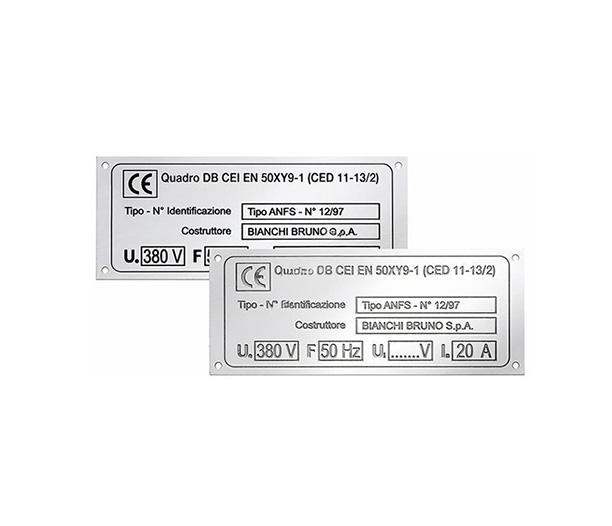
Final Thoughts
Stainless steel nameplate engraving is equal parts art and science. By selecting the right material, honing your technique, prepping surfaces meticulously, optimizing designs, and maintaining your gear, you’ll create nameplates that look professional and stand the test of time.
Remember, practice makes perfect. Start with small batches, experiment with settings, and don’t shy away from asking peers for feedback. And hey—if you’re ever stuck, revisit these five tips. They’re your roadmap to mastering stainless steel nameplate engraving, one flawless plate at a time.



